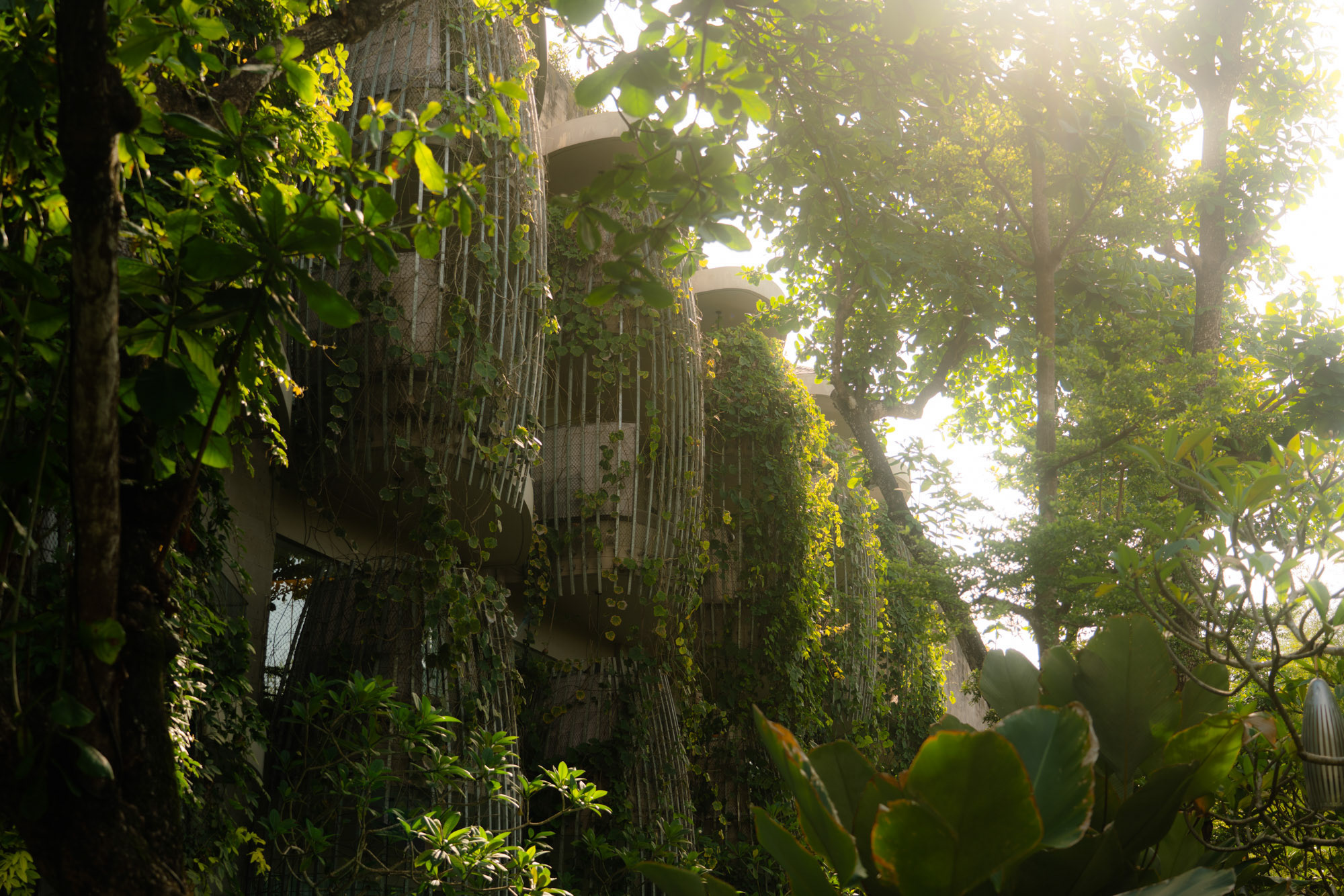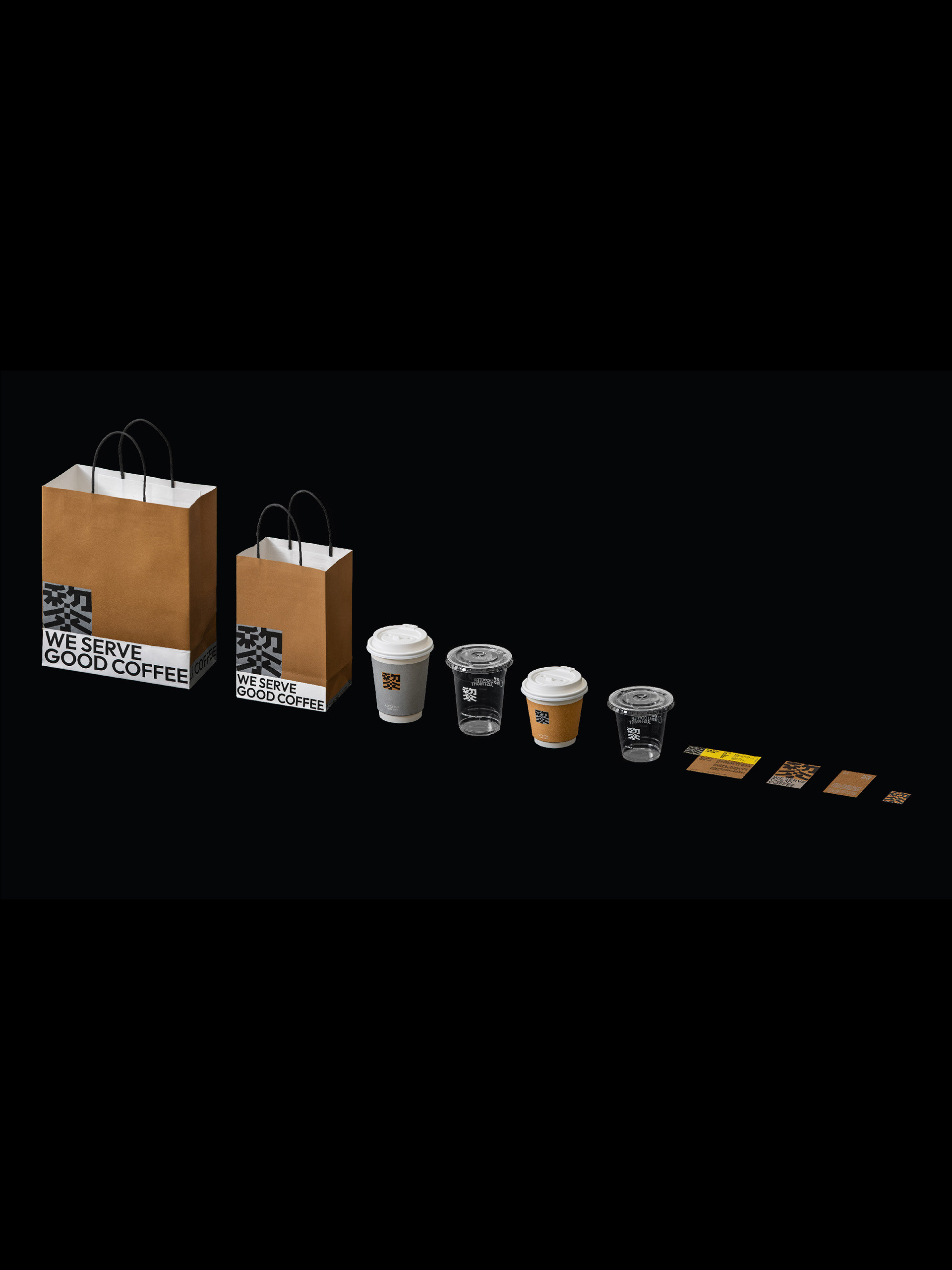
Label de l'Observeur du Design 12, National Laureate of the James Dyson Award 2011.

As more and more disposable items are being used for vaccinations and injections, infectious medical waste production in hospitals has reached dizzying heights. Careless handling-induced risks are obvious to and avoidable by all. Several studies have shown that current waste destruction practices mostly burials and incineration could widely be optimized. This kind of destruction methods, though advocated by the World Health Organization, are quite problematic: indeed waste incineration entails toxic gas diffusion, and waste burials cause soil and water pollution. To this day, no sustainable solution has been found.
Healthcology is a global design project meant to facilitate medical waste management in hospitals. It has three main goals materialized by three concepts: improving the sorting of recyclable material (RVB concept), adapting waste collection equipment to the newly implemented cycle (Dess concept), and evolving medical tools (Scalp-L concept). More advanced than already existing products, these three devices complement each other. In order to enter in a trivialization waste cycle, wastes are then being shread.
Healthcology is a global design project meant to facilitate medical waste management in hospitals. It has three main goals materialized by three concepts: improving the sorting of recyclable material (RVB concept), adapting waste collection equipment to the newly implemented cycle (Dess concept), and evolving medical tools (Scalp-L concept). More advanced than already existing products, these three devices complement each other. In order to enter in a trivialization waste cycle, wastes are then being shread.






The RVB concept is in line with AP Medicals products. It facilitates the recovery of materials such as glass or plastics early on in the waste collection process. Depending on which color and graphic style are applied to them, products are dumped into such or such specific container. The waste valorization cycle is thus respected through and through.




Medical tools (scalpel, needle, scissors) are made of different materials, each of these materials could be recycled if they were not attached to each other. Today, health care workers should limit their actions, thats why the entire scalpel is thrown into the waste container for potentially infectious.
The concept of Scalpe-L is to separate recyclable part, from non-recyclable. It shows how will be the medical tools of tomorrow. Objects thought to be recycled. It demonstrates that by providing a small detail, two slots on the handle, you can save energy and material. Manipulation that would be asked to the staff is very close to existing manipulations, and do not represent a waste of time.
This work on the material follows the establishment of a system for a new wastes cycle and the willingness to take the problem of hospital waste at source. A work on the ergonomic aspects of this tool was also performed. It is based on user interviews (nurses, nurse's aide) and a study with an ergonomist. The result of this research shows that a disposable product must be understood as such. It should not be too comfortable. But in addition to the slots which breaks the sclapel with the help of a container, an edge was added for ease in use.
Scalp-L concept is in line with Swann-Mortons products. The uniqueness of this item lies in its two-section structure: a thin blade and a removable plastic handle that can be recycled after use. To house Scalp-L, a special opening had to be designed on the red container included in the RVB range. Therefore the two projects were developed simultaneously.




(top picture: existing trolley).
The addition of containers can be considered as cumbersome and as a waste of time especially with the lack of staff members. Therefore, the last intervention to plan relates to the trolley. It is the piece that will receive the containers, and see the birth of all the waste.
Dess meets the requirementsthat been held up in my conversations with a nurse. The output of this interview was to put the waste right rather than left to give the object a sense of use, a way of "reading" more in line with Western practice (reading from left to right and top to bottom). But also to establish solid containers to hold trash bags, which anticipates the risk for people around to get hurt for example with a needle cast in the wrong place. I also imagine a product that would be more hygienic due to its manufacturing process! And finally, I though the trolley from its invention to accommodate it with the RGB system.
Dess is a medical cart to be used by nursing orderlies. Its main body is made by rotomolding that's why it is lightweight and easy to clean, it is comprised with waste sorting containers.
Dess meets the requirementsthat been held up in my conversations with a nurse. The output of this interview was to put the waste right rather than left to give the object a sense of use, a way of "reading" more in line with Western practice (reading from left to right and top to bottom). But also to establish solid containers to hold trash bags, which anticipates the risk for people around to get hurt for example with a needle cast in the wrong place. I also imagine a product that would be more hygienic due to its manufacturing process! And finally, I though the trolley from its invention to accommodate it with the RGB system.
Dess is a medical cart to be used by nursing orderlies. Its main body is made by rotomolding that's why it is lightweight and easy to clean, it is comprised with waste sorting containers.









© JULIEN BERGIGNAT
PATENTED – MODÈLE DÉPOSÉ
Industrial Design : Julien Bergignat
PATENTED – MODÈLE DÉPOSÉ
Industrial Design : Julien Bergignat





